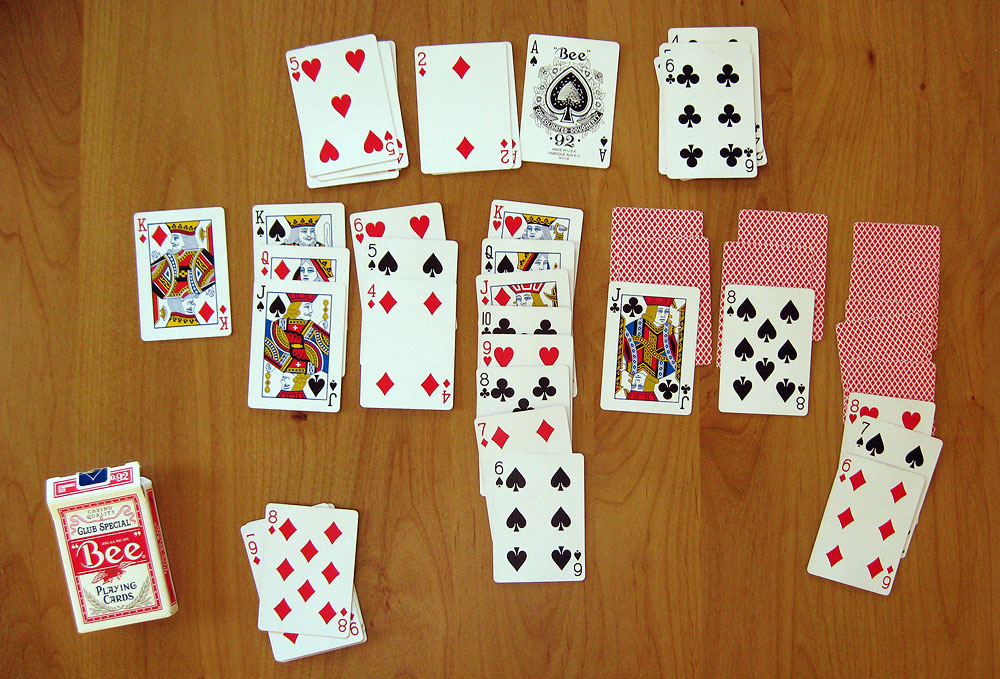In the realm of solitaire card games, Pyramid Solitaire stands tall as a pinnacle of both challenge and satisfaction. With its unique pyramid-shaped tableau and intricate rules, Pyramid Solitaire offers players a captivating blend of strategy, skill, and luck. Join us as we embark on an in-depth exploration of this timeless classic, uncovering its origins, unraveling its gameplay mechanics, and delving into the strategies that will lead you to triumph atop the pyramid.
Unveiling the Origins of Pyramid Solitaire:
The origins of Pyramid Solitaire are shrouded in mystery, with no definitive documentation pinpointing its creation. However, the game is believed to have evolved from traditional solitaire variants, with its distinctive pyramid-shaped tableau adding a new layer of complexity and challenge. Over time, Pyramid Solitaire has grown in popularity, captivating players of all ages with its blend of strategy and relaxation.
Understanding the Rules of Pyramid Engagement:
Pyramid Solitaire is played with a standard 52-card deck and a pyramid-shaped tableau consisting of 28 cards arranged in seven rows. The objective of the game is to remove pairs of cards that add up to a total of 13, such as a King and an Ace, or a Queen and a Two. Only uncovered cards and those at the base of the pyramid are eligible for removal.
At the beginning of the game, a single card is dealt face-up at the top of the pyramid, forming the “foundation.” The remaining cards are dealt face-down to form the “stockpile.” Players can draw cards from the stockpile one at a time and attempt to uncover and remove pairs from the tableau. The game ends when no more pairs can be removed, or when all cards have been cleared from the pyramid.
Crafting Your Path to Victory Strategies for Success:
While Pyramid Solitaire may seem straightforward, mastering the game requires careful planning and strategic thinking. Here are some key strategies to help you ascend to victory:
- Focus on Uncovering Cards: Prioritize uncovering cards in the pyramid, especially those at the base, to create more opportunities for pairs. Aim to expose as many cards as possible without prematurely depleting the stockpile.
- Plan Ahead: Anticipate the consequences of each move and plan your strategy accordingly. Consider potential pairs and their impact on the overall layout of the pyramid before making your decision.
- Target High-Value Cards: Look for pairs involving high-value cards, such as Kings, Queens, and Aces, as they are more likely to create opportunities for clearing the tableau.
- Utilize Reserves Wisely: Reserve cards in the stockpile should be used strategically to uncover crucial cards in the pyramid. Avoid wasting reserve cards on low-value pairs and instead focus on creating opportunities for significant progress.
- Maintain Balance: Strive to maintain a balance between clearing pairs and conserving resources. Avoid depleting the stockpile too quickly or leaving too many cards in the pyramid without viable pairs.
Finding Serenity in Solitude:
Beyond its strategic depth and intellectual challenge, Pyramid Solitaire offers players a unique opportunity for introspection and relaxation. In a world filled with constant noise and distraction, Pyramid Solitaire provides a welcome respite, allowing players to immerse themselves in the soothing rhythm of the cards and the quiet contemplation of the pyramid. If You Are Fan Of Playing Games Like Pyramid Solitaire You Must Visit mpo888online.com.
Conclusion:
Pyramid Solitaire stands as a testament to the enduring appeal of solitaire card games, captivating players with its blend of challenge, strategy, and relaxation. Whether played as a brief diversion during a hectic day or as a leisurely pastime on a lazy afternoon, Pyramid Solitaire offers a timeless escape into a world of strategy and serenity. So, gather your cards, take a seat at the table, and embark on a journey of discovery and triumph as you ascend to victory atop the pyramid.
